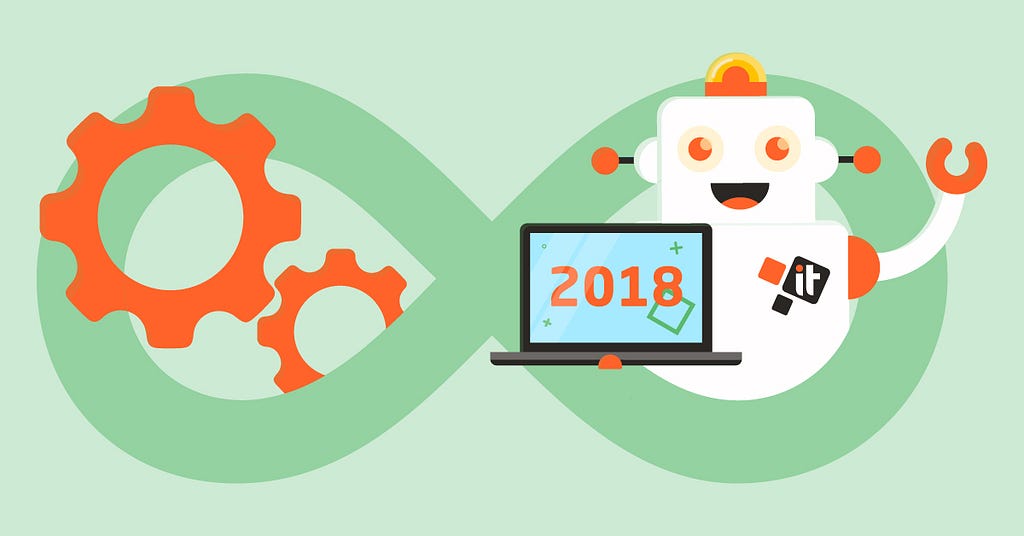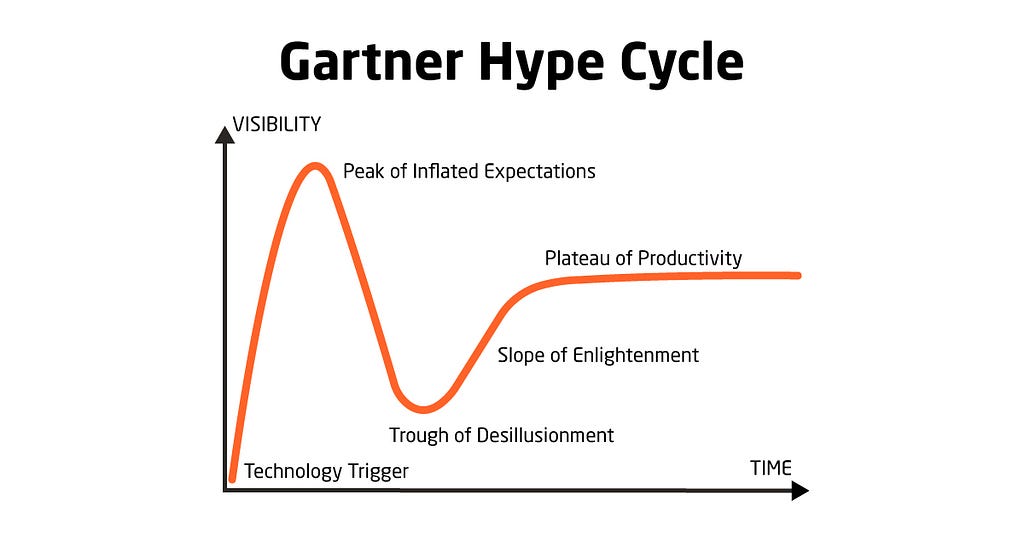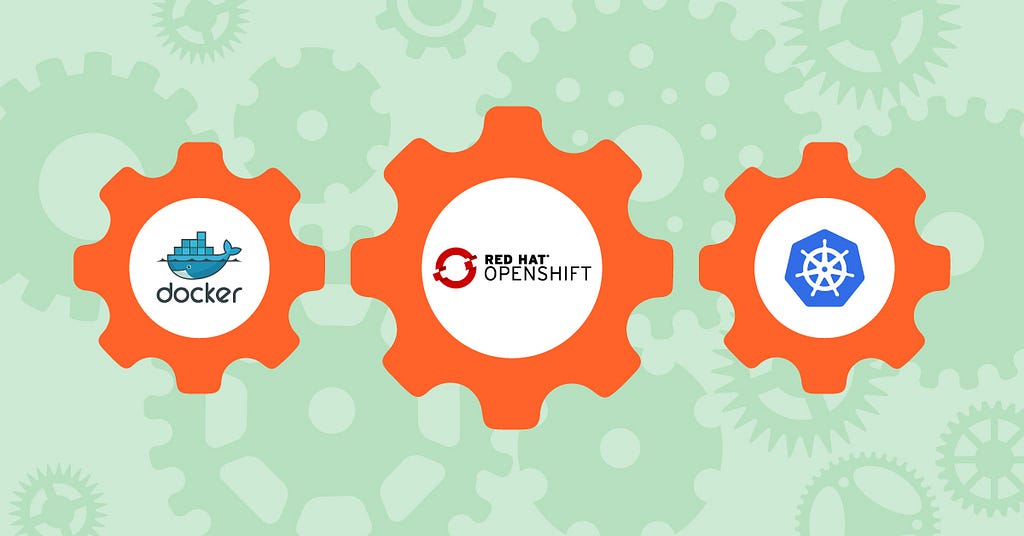Latest news about Bitcoin and all cryptocurrencies. Your daily crypto news habit.

2017 was a great year for DevOps. Continuous and ever wider adoption of Kubernetes, its long-awaited native support in Docker, the rise of serverless computing, etc. What about 2018?
At IT Svit we are used to providing DevOps-as-a-service, so we have to stay ahead of the curve to remain competitive. We keep a close watch on the latest developments of the tech and hottest trends of DevOps industry — and we are always glad to share some useful insights with our readers.
The general direction of the DevOps services evolution remains unchanged — more reliable tools, better cloud infrastructure management, better cloud security. Docker is still the king of the containerization space and Kubernetes positions as the tool of choice for container orchestration are as strong as ever. Nevertheless, there are 10 distinctive features of DevOps services evolution and we will look over them in more details below.
DevSecOps is on the rise
The Equifax data breach was a hard blow in 2017, yet it only highlighted the necessity for strengthening the security aspects of software delivery. Only the businesses and managed service providers that weave the security procedures into the fabric of their business can survive and succeed in the world of loopholes and backdoor security breaches.
DevOps teams will have more managerial power
As the DevOps adoption continued to grow in 2017, the businesses across the globe decided to empower their DevOps engineers and give them managerial positions. This only makes sense, as IT department should remain the main driver of innovation in the organization, and having another voice on the board of directors is a good trend. The executives that do not value and support the DevOps culture risk being pushed aside in 2018.
More Dev, fewer Ops
With configuration orchestration tools like Terraform and event-driven Kubernetes management platforms like Brigade, fewer people are needed to manage the infrastructure as code and more people can concentrate on continuous design, integration and delivery of new code. The DevOps workflow is often rebalanced to empower software delivery over the repetitive administrative tasks.
ChatOps is the new trend to follow
Why working in several dozens of tabs at once, if you can issue commands to your system through your chat application? ChatOps has been around for some time and did not gain significant prominence as of now, yet the perspectives are incredible. Want to reboot a server? Ping a Telegram bot. Need to create a Jira ticket? Do it from the chat window. Is it time to deploy the new batch of code? Open the chat channel and copy & paste a simple command.
The dust around microservices begins to settle
The movement from monolithic applications to modular microservices is a natural evolution. However, the microservices are currently near the peak of inflated expectations of the Gartner’s hype cycle.
They were expected to revolutionize the way we deliver and operate the software, yet their adoption faced multiple challenges and issues. We are sure the trough of disillusionment will not be too deep and the plateau of productivity is quite near. As of now, the DevOps engineers begin to realize the microservices will not be a panacea many have hoped them to be.
Service meshes are the new darlings of DevOps world
Service meshes or an infrastructure layer dedicated to service-to-service communications simplify operating the dynamic container-based network topologies. They make service discovery, traffic routing, load balancing, health checking and monitoring much easier. They are not unique to Docker containers, Kubernetes clusters or app microservices, and can be deployed in conventional VMs or even in serverless computing. To denote the growing importance of service meshes, the traditional providers of load balancing solutions like HAProxy, NGINX or Traefik now reposition themselves as data planes.
Cloud-agnostic infrastructures gain notion
As nearly 25% of AWS customers used Docker in their operations in 2017 and the numbers grow year by year, the cloud service providers (CSP) face the need to unify their offers. We mean that every CSP, be it AWS, Azure or Google Cloud Platform, have to provide the same set of core features to allow the products to run. The devil is in the details, of course, so AWS might be better for some kind of tasks, while GCP can excel in some other features and might be a better choice at a different time.
As these core features have to be the same or similar, there must be a possibility to frequently swap one provider for another (multi-cloud strategy) or between a public and private cloud (hybrid cloud computing). Tools like Terraform make this happen, the question is if the CSPs see the opportunity to gain even more profits by providing the customers with a possibility to change the platforms in order to use the feature set that fits them best right now.
Red Hat OpenShift becomes a competitor for Docker and Kubernetes
As 84% of AWS users opt for Linux OS, using the products best suited for it can be a wise choice. The Red Hat Foundation has put significant effort into developing OpenShift — an enterprise-grade production-ready container management platform with reach software build and delivery features, able to span the cloud environments with ease. If coupled with a cloud-agnostic approach to cloud infrastructure management, OpenShift can become a worthy alternative to Docker and Kubernetes.
Further growth of serverless computing and FaaS
Both AWS Lambda and Azure Functions offer Functions-as-a-Service functionality that provides unparalleled capabilities. As these technologies become more massively used and widespread (due to further adoption of edge computing, and AR/VR projects) we expect more consumers to realize the benefits of FaaS approach: your code goes all the way to the service much faster due to the absence of any artifacts to create and push, and all the scaling is done through the FaaS platform itself. This is exceptional for short-term tasks and background jobs that run for some limited time.
DevOps will adopt predictive security practices
Dealing with security breaches is a laborious and nerve-consuming task, not to mention the financial damage to the organization. Adopting the predictive security processes and implementing them into the existing workflows will help many businesses strengthen their defenses against the malicious and fraudulent users. Stress-test your systems, find the potential breaches and close them before the culprits do, integrate the security into the software development lifecycle — and stay on the safe side.
Final thoughts on the disruptive DevOps trends for 2018
DevOps industry will definitely be on the ride. More and more organizations will undergo the digital transformation and adopt DevOps culture for their workflows. The need for skilled DevOps engineers and trustworthy contractors will only grow.
What DevOps trends do you monitor? Did we in IT Svit miss an interesting topic? Are some of our points out of place? Let us know in the comments below!
10 disruptive DevOps trends of 2018 was originally published in Hacker Noon on Medium, where people are continuing the conversation by highlighting and responding to this story.
Disclaimer
The views and opinions expressed in this article are solely those of the authors and do not reflect the views of Bitcoin Insider. Every investment and trading move involves risk - this is especially true for cryptocurrencies given their volatility. We strongly advise our readers to conduct their own research when making a decision.


